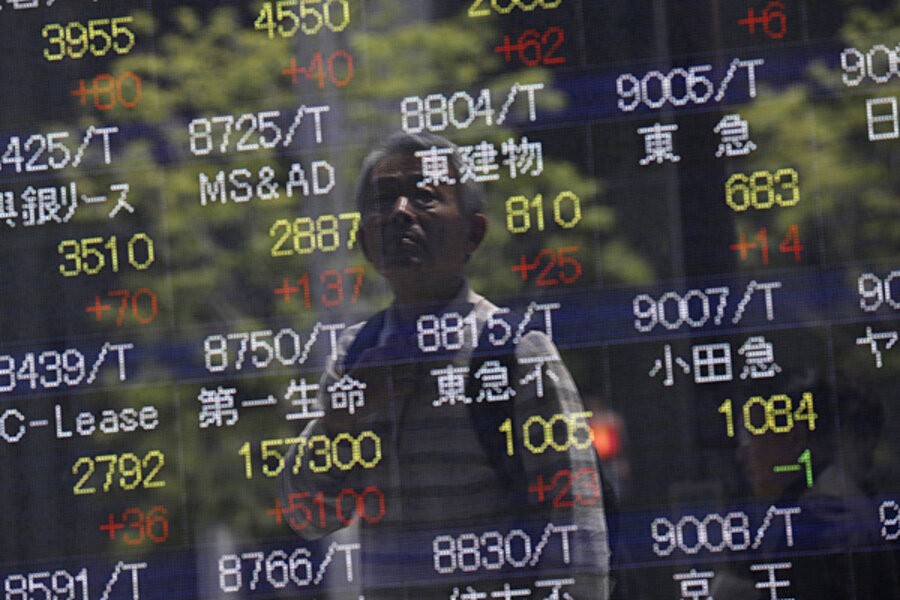Japanese bond yields inch up. Are 'Abenomics' to blame?
Loading...
At first after "Abenomics" was launched, the already very low yields on Japanese government bonds fell further, from about 0.8% to 0.35%, which kind of made sense since Abenomics meant mass purchases of government bonds, and increased demand on something will of course mean a higher price, which in turn in the case of bonds implies lower yields.
However, lately, yields have started to move up again, rising above the pre-"Abenomics" level to 0.91% as of this writing, something that worries many Japanese officials. But how could yields rise when the Bank of Japan makes record large purchases? Well, because private demand has collapsed as investors have increasingly started to believe that the Bank of Japan through its purchases will actually achieve its new stated inflation target of 2%, a slump in demand that some have called a "bond buyer's strike."
And if inflation is going to be 2% why would anyone in their right mind want to hold bonds that have nominal yields of less than 1%? The answer is of course that no one should and that investors should protect their savings by investing in fixed assets instead.
Note however that this doesn't just apply to Japanese government bonds. While yields in most large Western countries are somewhat higher than in Japan, they are still below likely future inflation in countries like the U.S., the U.K., Germany and France, meaning that unless they actually want to lose part of their savings, investors should stay away from government securities from these governments as well.








